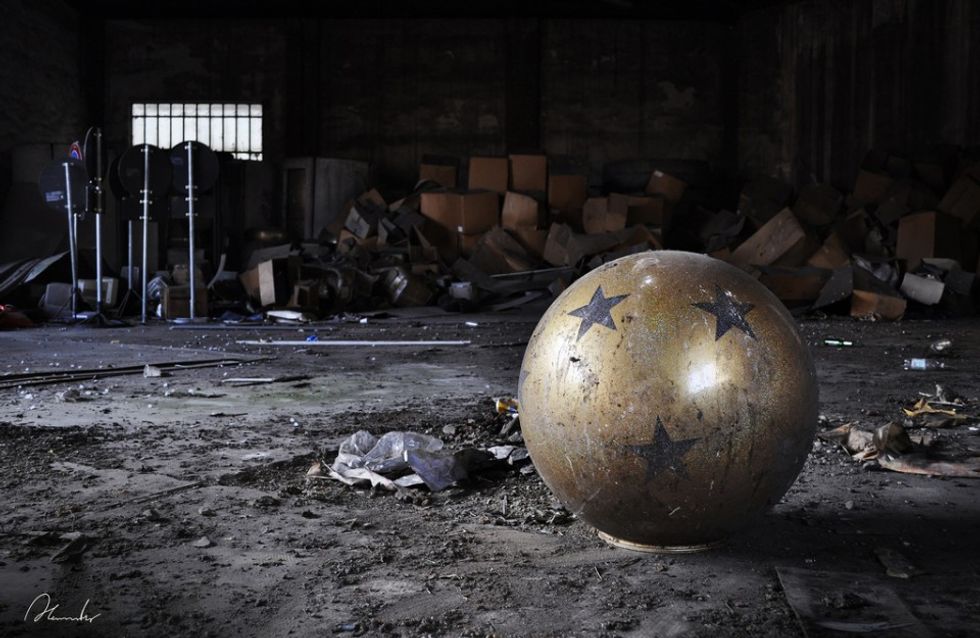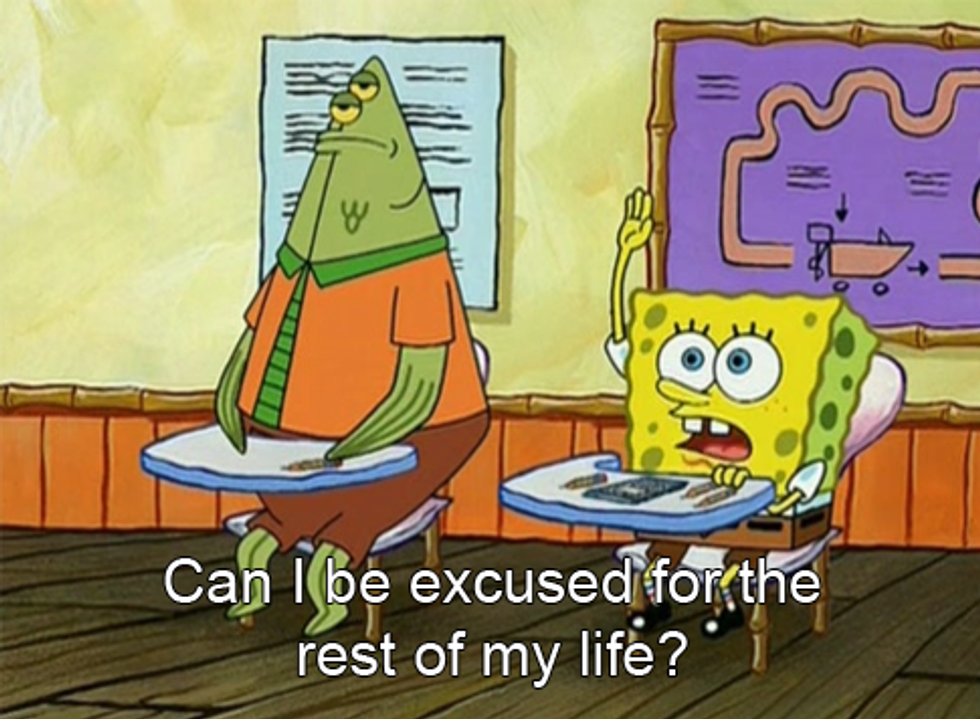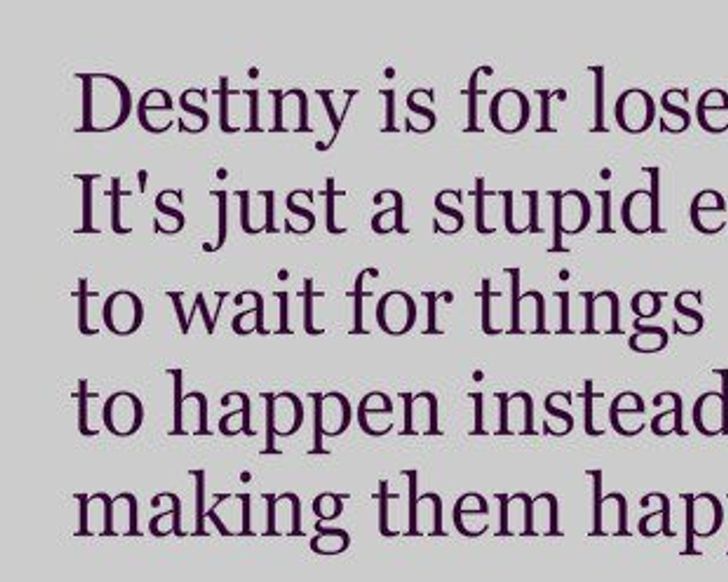Entertainment is one of the top industries in America, and frankly, clowns do have a spot. The 2016 Clown Panic definitely reaffirmed their existence. Surprisingly, Ranker’s “List of Famous Clowns” show that 9 out of the 10 of most famous clowns have had no association with murder. That said, number 2 on that list was “John Wayne Gacy… an American serial killer and rapist who was convicted of the sexual assault and murder of a minimum of 33 teenage boys and young men”. Which raises the question: at what point in history did clowns transition from being quirky entertainers to blood-thirsty maniacs?
Short answer: They’ve always been that way. Long answer: well... sort of.
Coulrophobia has become very common in popular culture the past few decades and doesn’t seem to be fading anytime soon. So, when and why did it become a social norm?
The article “The History and Psychology of Clowns Being Scary” by Linda Rodriguez McRobbie (smithsonianmag.com) states that clowns have been around since 2500 BCE, and “have always had a dark side”. McRobbie explains this by stating that clowns by definition are troublemakers, however that doesn’t mean they were intended to give you nightmares. You can thank Charles Dickens for that. According to the Smithsonian article Charles Dickens was the first to introduce the image of the scary clown in his 1836 novel “The Pickwick Papers”, due to his mandatory editions of the writings of a deceased (and unfortunate) performer. What Dickens did differently in this novel was make the audience wonder what was behind all the acting and makeup.
The next Century was a gradual decline in the presence of clowns and entertainers. Clowns, along with numerous other acts, were most commonly found in the circus (The Most Resilient Show on Earth). The Depression and job shortage lead to the gradual decline in circus popularity. People went to the circus looking for jobs, yet there was no one to see the show. You see the problem. However, with the gaining popularity of television, ‘clowning around’ took a new turn in the entertainment industry by morphing itself into the comedy sector of the industry, bringing in a new wave of comedians and entertainers, like “Chucko the Clown” and “Bozo’s Circus”. As the 20th century began it’s later half, the clowns began to take a turn for the worse.
The 80’s, as it turns out, was the resurrection for the evil clown. Steven Spielberg’s Poltergeist brought back the symbolic evil clown, and it hasn’t gone away since. “Killer Clowns from Outer Space” followed “Poltergeist” in 1988, and the book-turned-movie “It” arrived soon after in 1990. The Evil Clown has carried on its legacy into the 2000’s and beyond, making its way into American Horror Story: Freak Show and the Poltergeist 2015 remake. The clown horror “It” is also making a reappearance later this year, on September 8th (watch the trailer here).
Jokesters, pranksters, jesters, whatever you want to call them: clowns are weird. However, it’s safe to say that not all of them are out to get you. Clowning around isn’t a terrible thing to do, as long as it doesn’t lead to someone else’s murder.
So, just, be careful.
Please.




















